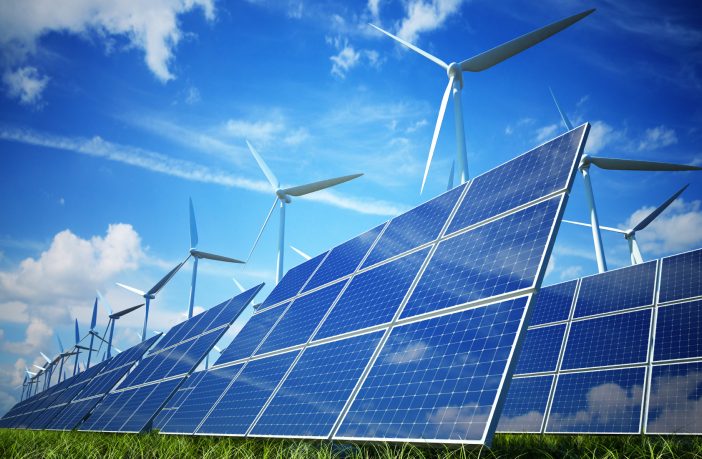- Zambia’s path to economic recovery remains weak, reflecting policy uncertainty, says the latest World Bank’s Economic Brief on Zambia, titled: Wealth Beyond Mining: Leveraging Renewable Natural Capital.
Despite the Zambian economy growing by 3.7% in 2018 from 3.5% in 2017, a stronger recovery was undermined by lower crop harvest and fiscal slippages that led to the accumulation of new public expenditure arrears and high government borrowing that impacted private sector activity.
Under the current policies, growth is forecast to weaken to 2.5% in 2019 and remain below 3% over the medium-term.
While inflation remained within the authorities’ target range of 6-8% in 2018, averaging 7.5% for the year, pressures are now mounting, leading the central bank to tighten its monetary policy stance in May 2019 for the first time in over two years.
“Zambia needs to undertake bold fiscal and structural policy reforms to preserve macroeconomic stability, boost business and market confidence, and improve its growth prospects for 2019 and beyond in line with the Zambia Plus,” said Samson Kwalingana, World Bank Senior Economist for Zambia.
The brief suggests some policy options including:
- front-loading fiscal consolidation to return to medium risk of debt distress and create fiscal space for inclusive growth;
- strengthening debt management to reduce the debt service burden and minimize debt-related vulnerabilities;
- rebuilding foreign exchange reserves to buttress external stability, and
- implementing plans to improve the financial and operational sustainability of power utility ZESCO and enhance the transparency of State-Owned Enterprises (SOEs).
The report highlights multiple opportunities that Zambia’s abundant renewable natural resources present to support sustainable economic growth.
Ina Ruthenberg, World Bank Country Manager for Zambia, said: “Zambia’s economy has thus far been dominated by discoveries, expansion, and fluctuations in the minerals sector, but going forward, the country needs to harness its renewable natural resource endowment to promote sustainable growth.
“While the contribution of renewable resources like agricultural land, forestry and fishing to GDP has declined in recent years, the sector’s linkages with the rest of the economy remain significant.”
Related news: Zambia recently set a tariff benchmark for solar PV projects in Sub Saharan Africa. Read more
Author: Babalwa Bungane
This article was originally published on ESI Africa and is republished with permission with minor editorial changes.















